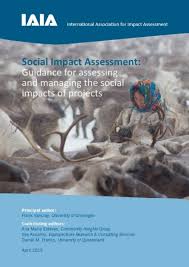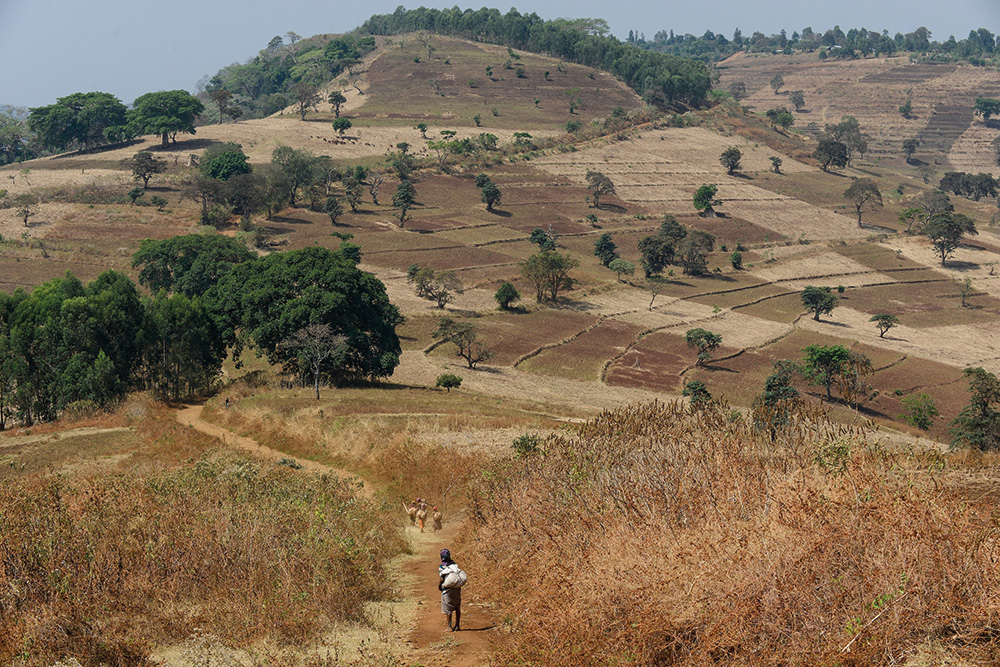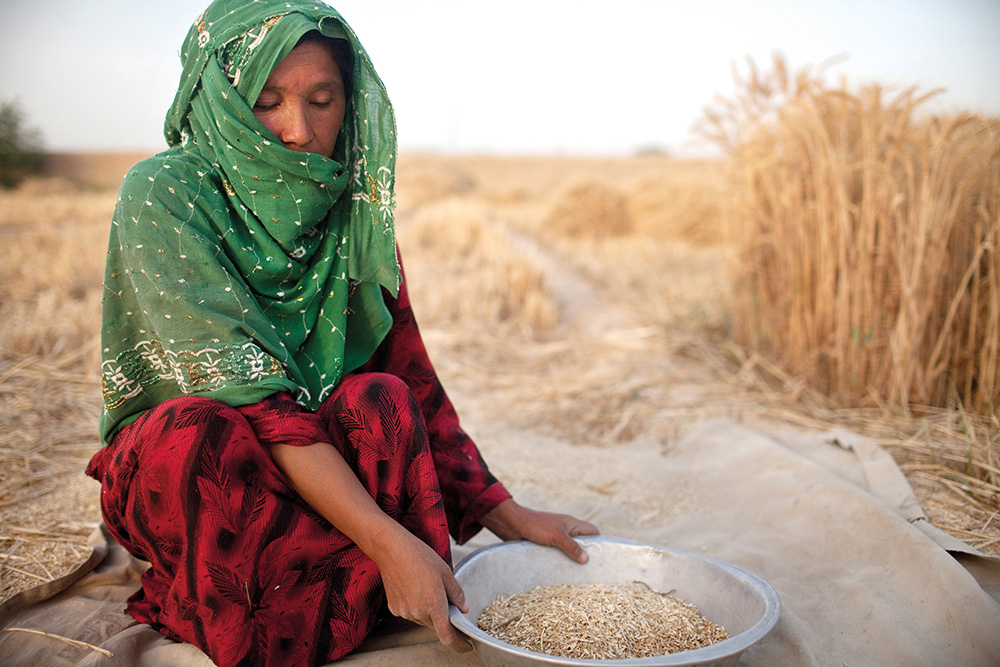Good Countries or Good Projects?
This paper examines the micro and macro
correlates of aid project outcomes in a sample of 3,821
World Bank projects and 1,342 Asian Development Bank
projects. Project outcomes vary much more within countries
than between countries: country-level characteristics
explain only 10–25 percent of project outcomes. Among macro
variables, country growth and the policy environment are
significantly positively correlated with project outcomes.







